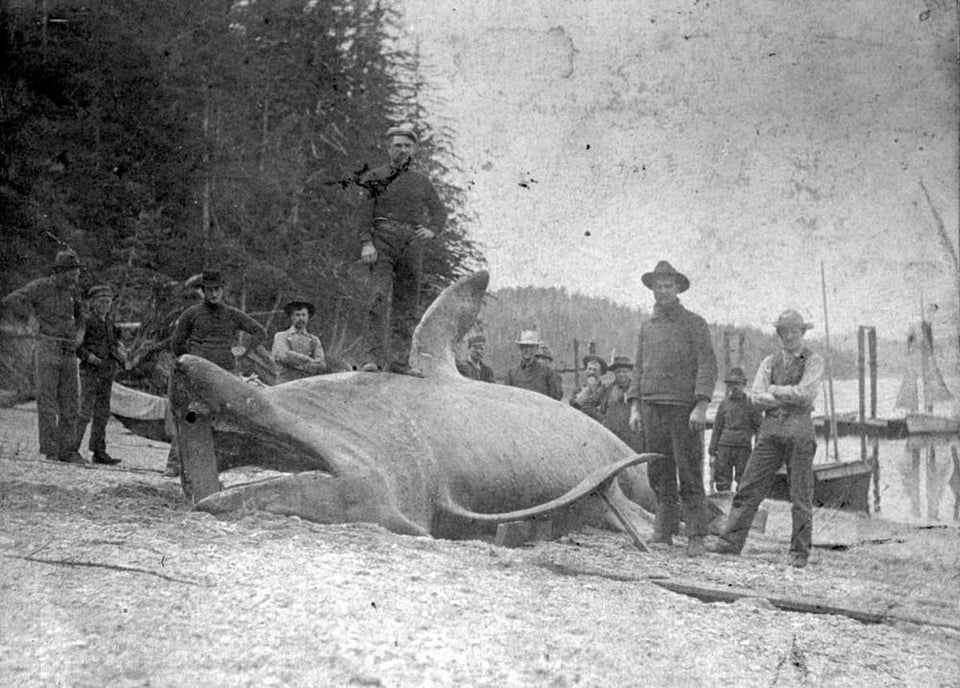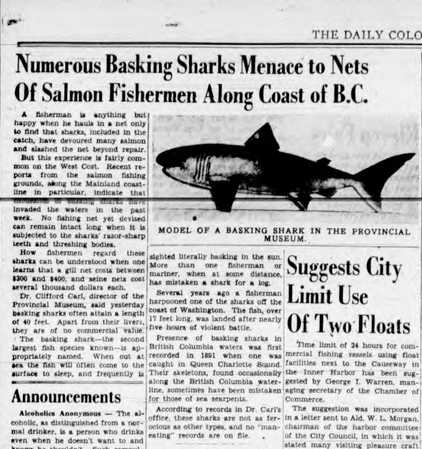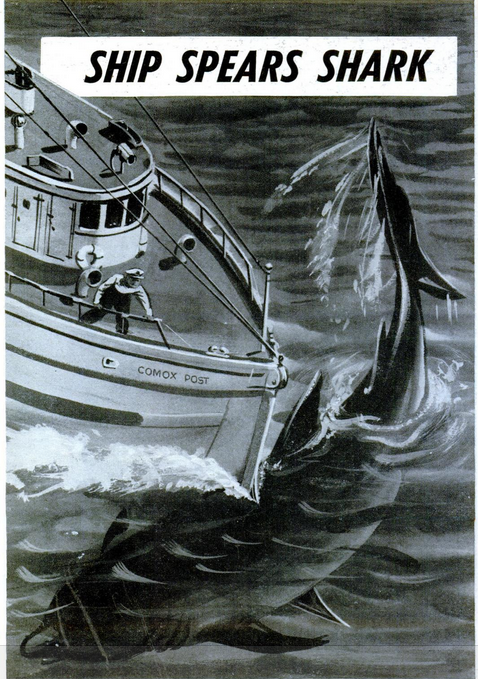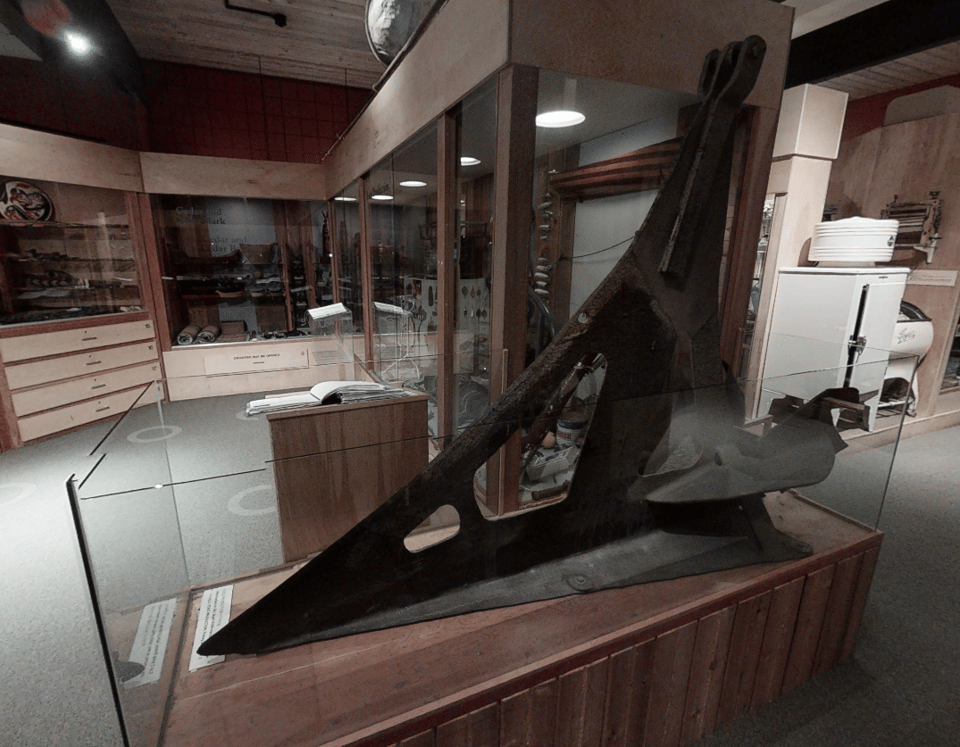"Destructive Pests"
Developing a university history course is always an exercise in what to leave in and what to leave out. The more you teach the course, the more you learn about which materials and assignments resonate with students. When students are provoked by a reading it sticks with you.
As an introduction to the environmental conservation movement, students in my twentieth century BC history class were assigned a chapter from the book Basking Sharks: The Slaughter of BC’s Gentle Giants by Scott Wallace & Brian Gisborne. The book details the killing of sharks in an effort to protect fishing opportunities after the Second World War. The student response to this subject – and this reading in particular – is one that’s hard to forget.
Conservation & Predators
Early conservationists in BC encouraged the destruction of predators to secure regular access to game for hunting and fishing. Farmers, too, advocated for killing animals such as wolves, cougars, and birds to protect livestock and crops.
Government bounties for predators were common. For example, in 1922 the BC government handed out money for the destruction of 7,095 bald and golden eagles. The human fear of predators, and the desire to increase populations of sporting animals and animals vital to the economy, made the idea of predator destruction a popular one. “Cougar” Annie is perhaps the best example of how the fear of predators and human triumph over animals came to be a part of settler lore in BC.
In his book about Comox Valley naturalist Hamilton Mack-Laing, historian Richard Mackie explains that this view of predators was typical among some conservationists:
From 1900 to 1982, [Mack-Laing’s] attitude to predators was remarkably consistent. Falcons, for example, were ‘destructive little killers’; cougars were ‘the greatest foe of deer conservation; magpies were ‘thieves’ with ;noisy, impudent, abusive tongues’; a horned owl was a ‘killer’; a camp-raiding bear was a ‘conscienceless vandal’; mosquitoes were ‘foes’; a pack-rat was a ‘mischievous rascal…unloved by every hunter or camper or rancher in the land’; seals were ‘these terribly destructive enemies’ owing to their taste for salmon.
In Basking Sharks: The Slaughter of BC’s Gentle Giants, the authors note that federal fisheries officers frequently killed seals, sharks, and other animals they deemed a threat to the fish stocks.

Ramming Speed
The basking shark is the second largest shark in the ocean; it eats plankton and small fish. The problem with the shark was not so much that it preyed on fish stocks, but that it regularly became entangled in gillnets and ruined expensive fishing equipment. Beginning in 1949, the federal government placed basking sharks on its list of “Destructive Pests”, along with bears, seals, and certain ducks and birds.

The idea that basking sharks were deemed pests is not what elicited a strong reaction from students. Rather, it was the method of their destruction that shocked the class.
In 1955, the Department of Fisheries commissioned the creation of a tool meant to deal with the shark problem and assuage fishermen. The tool was a large knife attached to the bow of the patrol vessel Comox Post. The knife would be lowered and the shark rammed, slicing it in two.

Ongoing Debate
When students learned that government officials drove around in a boat and rammed sharks to death, it generated surprise and anger. These emotions led to lively in-class discussion about the killing of animals to support ‘the economy.’ There remain “good” and “bad” predators in twenty-first century British Columbia: wolves are culled in an effort to conserve caribou numbers and some fishers continue to view sea lions as a threat to salmon stocks.
In their book, Wallace and Gisborne note that slicing by the Comox Post was not the sole reason for the basking shark’s near extinction in BC waters, but it was certainly a factor. Fisheries officers no longer slice sharks in half, but the knife secured to the front of the Comox Post still exists - you can see it on display at the Alberni Valley Museum.

Thanks for reading! If you enjoyed this dispatch, please share with your friends and family!